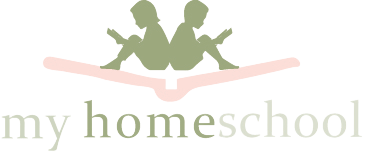1. Lesson 1: Food Webs and Energy Flows
The Living Landscape: An Australian Ecosystems Ten Part Series is a good complementary resource for this unit.
A diagram of the Great Barrier Reef food chain can be found here.
This article addresses toxins in food webs.
This Nature journal article examines the role of jelly fish in the marine food chain.
Photosynthesis is explained here (8 mins):
Research Project
You will be focused on identifying species within your research project this week, including those within the food web of the area.
For help identifying birds species, you might like these resources:
- If you think you know what species it might be, then Birdlife Australia has a great 'Find a Bird' search engine here
- If you need to narrow it down a little, try this which helps to identify from size and general shape
- If you want to check it from its bird call, then this website may help
- You can try to take a photograph of the bird to try to identify it later, record it's call to check it later, or simply try to get a good picture of it in your mind to remember it later and check it with a field guide.
Mammals and reptiles can be harder to identify and these will vary between day and night too. You can look for scat if you wish (square scat will show you there are wombats around) or simply wait and watch to see what you can observe. Please also
see if any wildlife groups have listed species for your chosen area.
Insects are another part of the food web, so look what you see crawling on the ground, flying in the air and which insects are near any water bodies (if there is water in your research area). CSIRO's 'What Bug is That?' resource may help you to identify insects in your area.
Another great option is to see if there has been anything mentioned about the area in the local newspaper.
